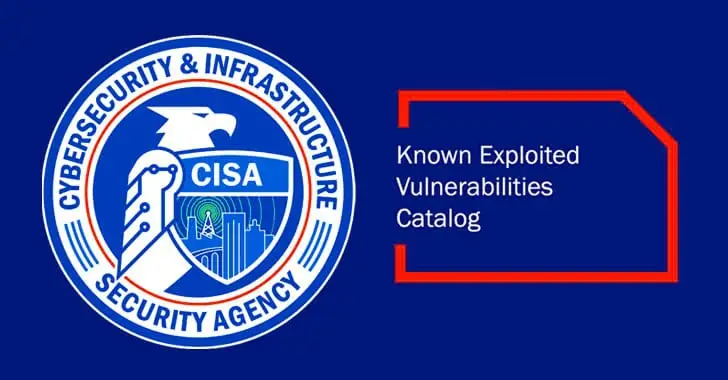Cybercriminals are getting smarter every day. They always find new ways to bypass security filters & trick people into giving out sensitive information. Recently, a new PayPal phishing email scam has emerged, targeting unsuspecting users by manipulating PayPal’s own features. This method is designed to make scam emails look more authentic and convincing, leading many users to fall victim to financial fraud.
How the PayPal Scam Email Works?
Hackers are exploiting PayPal’s address change feature to send legitimate-looking emails. The scam works like this:
- The victim receives a fake PayPal email stating that a new shipping address has been added to their account.
- The email claims that an expensive purchase, such as a MacBook M4 Max, is being shipped to that address.
- If the recipient did not authorize this change, they are asked to call a phone number to cancel the order.
- The phone number belongs to the scammers, who convince users that their PayPal account has been hacked.
- To “fix” the issue, victims are asked to download remote access software, allowing scammers to take full control of their devices.
This attack is particularly dangerous because it appears to come from [email protected], making it harder for users to identify it as fraud.
Common Mistakes People Make When Detecting a PayPal Phishing Email
Indian users, in particular, often struggle to identify PayPal phishing scams because of common cybersecurity misconceptions. Some of the key mistakes include:
- Trusting Email Addresses – Many users assume an email from “[email protected]” must be genuine. However, hackers use advanced methods to spoof legitimate addresses.
- Not Checking PayPal Directly – Instead of logging into their PayPal account to verify changes, users call the scammer’s phone number provided in the email.
- Ignoring Grammar Mistakes – While this scam uses well-crafted emails, some phishing attempts contain minor grammar issues that go unnoticed.
- Clicking Suspicious Links – Many victims don’t hover over links to check if they lead to PayPal’s official website or a fraudulent page.
How to Identify a PayPal Phishing Scam?
To protect yourself from a PayPal Inc scam email, follow these steps:
- Verify Email Senders – Even if it looks like a real PayPal email, always check for suspicious elements.
- Don’t Call the Provided Number – PayPal does not provide direct phone numbers for such notifications.
- Go to PayPal’s Website – Log in manually by typing “paypal.com” in your browser and check if any unauthorized changes have been made.
- Check for Urgency Tactics – Scammers try to create panic so victims act quickly without thinking.
- Report PayPal Phishing Attempts – If you receive a fake PayPal email, immediately report PayPal phishing via their official website.
How Are Hackers Bypassing Security?
Cybersecurity experts have found that scammers are taking advantage of PayPal’s “Gift Address” feature. By adding an extra address to their own account, they trigger legitimate notification emails from PayPal’s servers. These emails are then forwarded to victims through compromised email lists. Because these emails come directly from PayPal’s infrastructure, they manage to evade security filters like DKIM, SPF, and spam detection systems.
What Can PayPal Do to Stop These Scams?
Security researchers have suggested some measures PayPal can take to prevent such attacks:
- Limit Character Length – Restricting address field length can prevent scammers from embedding misleading messages.
- Stronger Account Monitoring – PayPal should flag multiple address changes from the same IP as suspicious.
- Educate Users – More awareness campaigns on how to report PayPal phishing and spot email from PayPal scams.
The Rising Threat of Phishing Attacks
This latest PayPal phishing email is just one example of how cybercriminals manipulate online services to steal data. In another major attack, hackers recently stole $1.5 billion from Bybit crypto wallet, making it one of the biggest cryptocurrency hacks in history. The attackers altered wallet transactions using smart contract exploits, leading to massive financial losses.
In the UK, Apple has also removed end-to-end encryption from iCloud, raising concerns about government surveillance. Meanwhile, AI safety research in the US is facing funding cuts, potentially slowing down the development of new cybersecurity measures.
Final Thoughts
Online scams are becoming more sophisticated, and the latest PayPal phishing email scams prove how easily hackers can trick users. By using legitimate PayPal features against them, scammers create fake PayPal emails that appear highly convincing.
To stay safe, always double-check suspicious emails, avoid calling unverified numbers, and report PayPal phishing attempts immediately. Cybersecurity awareness is the best defense against these evolving threats.
Latest PayPal Scam Updates (February 2025)
According to security reports, PayPal has acknowledged the phishing vulnerability but has yet to implement changes. Cybersecurity firms warn that these scams are spreading fast, with new variations appearing daily. If you receive a suspicious email, immediately change your PayPal password and enable two-factor authentication (2FA) to secure your account.
For more information on the latest PayPal phishing email scams, visit PayPal’s official fraud page.



